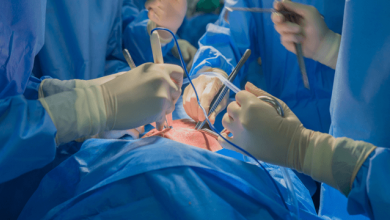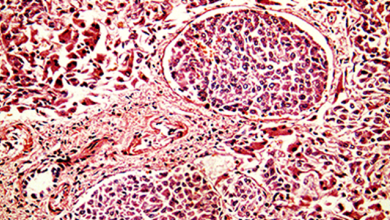Search results
Author(s):
Rhian E Davies
,
J Dawn Abbott
Added:
3 years ago
Percutaneous Coronary Intervention for Clinical Syndromes
Stable Angina
The primary benefit of percutaneous coronary intervention (PCI) over medical therapy in patients with stable angina is the improved quality of life. The PCI in stable angina (ORBITA) trial was the first sham-controlled trial of PCI where 200 medically optimized patients with single vessel disease were randomized to PCI or…
View more
LVAD as Destination Therapy
Author(s):
Jorge Silva Enciso
,
Eric Adler
,
Barry H Greenberg
Added:
3 years ago
Article
Author(s):
Matthew J Budoff
Added:
3 years ago
Cardiac computed tomography (CT) has evolved greatly over the last 20 years. This article reviews its current clinical uses, and describes some of the potential for even greater utility in the near future. Electron beam tomography (EBT) was developed 20 years ago specifically for cardiac imaging. Although the technique can quantify ventricular anatomy and function1 as well as myocardial…
View more
Long-term Circulatory Support — The Left Ventricular Assist System for Advanced Heart Failure
Author(s):
Srinivas Murali
Added:
3 years ago
Article
Author(s):
Robert C Hendel
Added:
3 years ago
Heart disease, specifically coronary artery disease (CAD), is the leading cause of death and disability among both men and women in the US. Reductions in blood supply due to narrowings of the arteries that supply the heart muscle with oxygen and nutrients (coronary arteries) result in chest pain and shortness of breath and may lead to permanent scarring of the heart muscle, as in the setting of a…
View more
Author(s):
Robert C Hendel
Added:
3 years ago
Background
Heart disease, specifically coronary artery disease (CAD), is the leading cause of death and disability among both men and women in the US. Reductions in blood supply due to narrowings of the arteries that supply the heart muscle with oxygen and nutrients (coronary arteries) result in chest pain and shortness of breath and may lead to permanent scarring of the heart muscle, as in the…
View more
Author(s):
Michael T Cain
,
Michael S Firstenberg
,
Joseph C Cleveland Jr
Added:
2 years ago
Yoshi Onuma
Job title: Director of Coronary Imaging and Atherosclerosis Research
Author
Single-Ventricle Physiology
Author(s):
Lydia Taranto
,
Tabitha Moe
Added:
3 years ago
Article
Author(s):
Ajit Yoganathan
,
Fotis Sotiropoulos
Added:
3 years ago
Background
Since the first successful implantation of a prosthetic heart valve four decades ago, over 50 different designs have been developed including both mechanical and bioprosthetic valves. Today, with over 200,000 implants worldwide each year, the most widely implanted design is the mechanical bileaflet prosthesis. Several other mechanical valves are currently available and many of them…
View more












 « First
« First